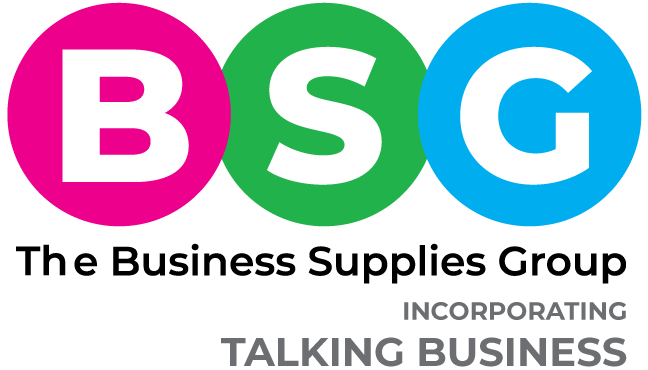The incredible advantages of sit-stand desks
The Scandinavians are notoriously ahead of the game when it comes to healthier workplace practices. Given that Denmark has recently made it mandatory for employers to offer sit-stand desks as an option to all employees, and in Sweden they’re already common place, it’s high time we sat up (or stood up!) and took some notice. Sit-stand desks or height-adjustable desks as they’re also known, are certainly gaining popularity this side of the pond, and there’s a host of evidence to support the benefits they deliver. So let’s take a look at what a sit-stand desk actually is, and why you should consider investing in them.
Over the last decade we’ve experienced a seismic shift in mind-sets regarding office design. A lot of that shift is attributable to the focus on employee health and well-being. Employers recognise that investing in office design, layout and functionality can pay dividends in terms of improved productivity. And that’s exactly the space that sit-stand desks are perched in. There’s a growing body of medical evidence that supports the fact that sitting for long periods of time is bad for your health and productivity.
Advances in technology have made us much more mobile in the workplace, and companies are embracing this by introducing more flexible working options such as break out and communal areas. However, the fact is, office based workers still spend a lot of time sitting at their desks.
Make a stand
There are a lot of health benefits associated with standing as opposed to sitting for long periods. One of the biggest reasons is that standing may lower your risk of heart disease. The idea that standing is better for heart health was first introduced back in 1953. A London Transport Study found that bus conductors who stood all day had half the risk of heart disease related deaths than their colleagues who occupied the driver’s seats. Since then further studies have shown that prolonged sedentary time can increase your risk of heart disease.
Sitting is also linked to weight gain and obesity. You may have heard claims brandished around that you burn twice as many calories when standing as you do sitting. That’s not strictly speaking true, but analysis of several studies (658 to be precise) recently revealed that the average difference in calories burned between sitting and standing was 0.15 kcal/minute for men. For women the average difference was slightly lower.
What does that equate to in weight terms? It’s the equivalent of around five pounds of body fat a year if you stand at least six or more hours a day.
The health benefits are certainly encouraging and very persuasive, but how does it translate into increased profitability for a business? Clearly, a physically healthier workforce is going to cost the business less in terms of sick days. Studies also show that stand up desks can boost concentration and productivity. Research published in the British Medical Journal follows trials involving 146 NHS staff, where just over half swapped their regular desks for sit-stand workstations. The study found that those who went from relatively sedentary positions to standing more often reported better engagement with their work and fewer musculoskeletal problems, including neck, shoulder and back pain.
What is a sit-stand desk?
Very simply a height adjustable or sit-stand desk is one that can be manually or electronically adjusted to different heights to enable the user to sit or stand accordingly. The added benefit here of course, is that even when sitting, the desk can be adjusted to the correct ergonomic height. Sit-stand desks are available in a vast range of makes, models, shapes and sizes – from radial desks with three legs to standard rectangular/bench style desks. These days the majority are adjusted with an electric as opposed to manual mechanism.
Understandably, replacing banks of desks in large offices is a significant investment and undertaking. Many businesses start by making an incremental introduction and offering sit-stand desks to employees with recognised physical health problems. Another option is to retro-fit an electric sit-stand frame, retaining the existing desk top. Whilst this isn’t always possible, it is certainly worth investigating, especially if you have invested in new desks and you would like the aesthetics of the office to remain uniform. That way, the desks surfaces all remain the same and the look and feel of your office isn’t spoilt.
Many employers are coming round to the idea that a sit-stand desk is an investment in the long-term health and output of their staff. And when you consider that Winston Churchill wrote whilst working at a special standing desk, as did Ernest Hemingway and Benjamin Franklin, then you know you’re in very good company. We’d love to tell you more about the options available, so why not get in touch today?
You can read more about our commercial interiors solutions here.
Watch the Elements desk in action.
Download our new Elements brochure.
View the latest sit-stand desk designs and accessories

















